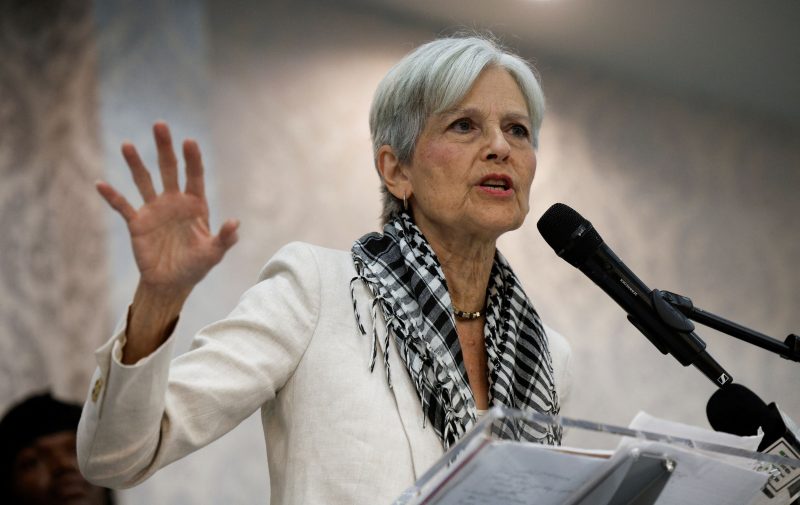In recent political news, the Democratic Party has been in the spotlight for criticizing Green Party candidate Jill Stein amidst fears that her participation in the upcoming election could serve as a spoiler. This development highlights the intricate dynamics of third-party involvement in the American political landscape and the broader implications it has for the two-party system.
The notion of spoiler candidates, often associated with third-party contenders, refers to individuals who draw votes away from one of the major party candidates, potentially altering the outcome of an election. This concern is especially pertinent in tightly contested races where even a small percentage of votes diverted to a third-party candidate could sway the results. The fear of spoilers has historically led to heightened scrutiny and criticism of such candidates, as seen in the case of Jill Stein.
Stein, a prominent figure within the Green Party, has been at the center of controversy for her decision to run in the upcoming election. With the memory of the 2016 election still fresh in many minds, where Stein’s candidacy was believed to have siphoned votes away from the Democratic nominee, Hillary Clinton, there is a palpable sense of unease surrounding her current bid. Democrats, wary of a potential repeat scenario, have been quick to condemn Stein and urge voters to rally behind their party’s candidate to avoid a similar outcome.
The criticism directed towards Stein underscores the pressure faced by third-party candidates who are often portrayed as spoilers rather than legitimate contenders. While proponents of third-party politics argue that diversity of choice is essential for a thriving democracy, detractors warn of the unintended consequences that could arise from fragmenting the electorate. The delicate balance between promoting alternative voices and safeguarding against perceived spoilers remains a persistent challenge in the American political arena.
Furthermore, the ongoing debate surrounding the role of third parties raises fundamental questions about the efficacy of the country’s two-party system. Critics argue that the duopoly of the Democratic and Republican parties stifles genuine competition and limits the range of political perspectives available to voters. They assert that the presence of third parties can inject fresh ideas into the political discourse and offer a platform for marginalized voices that may otherwise go unheard.
Ultimately, the clash between the Democratic Party and Jill Stein epitomizes the tensions inherent in a political landscape dominated by two major parties. As the 2020 election approaches, the spotlight on third-party candidates like Stein serves as a reminder of the complex interplay between electoral strategy, voter choice, and the quest for a more inclusive and representative democracy. Whether Stein’s candidacy will ultimately prove to be a spoiler or a catalyst for change remains to be seen, but the debate it has sparked underscores the enduring relevance of third-party politics in shaping the future of American democracy.

